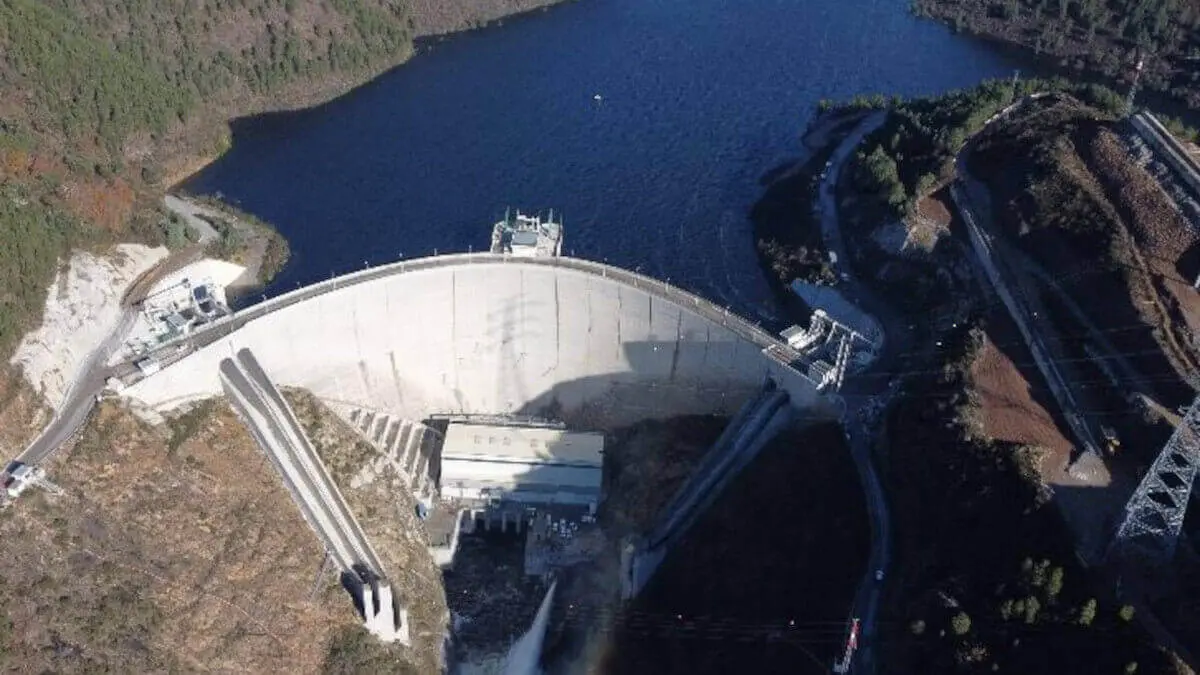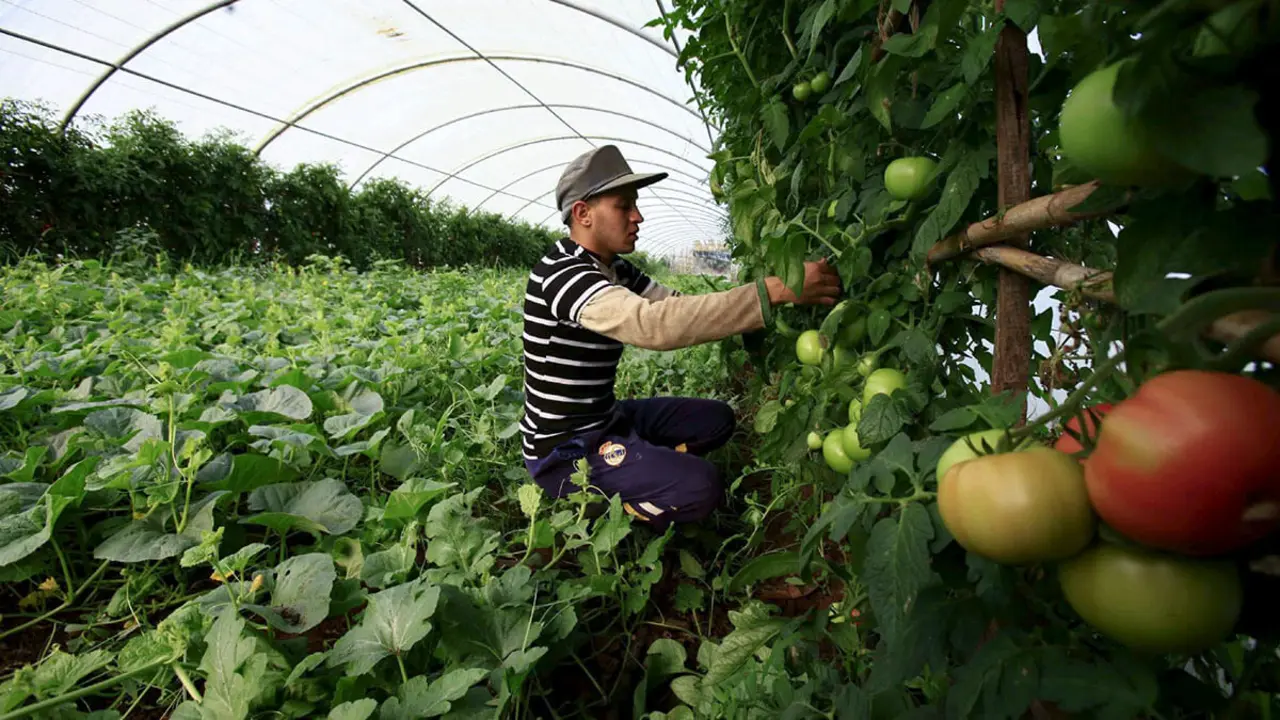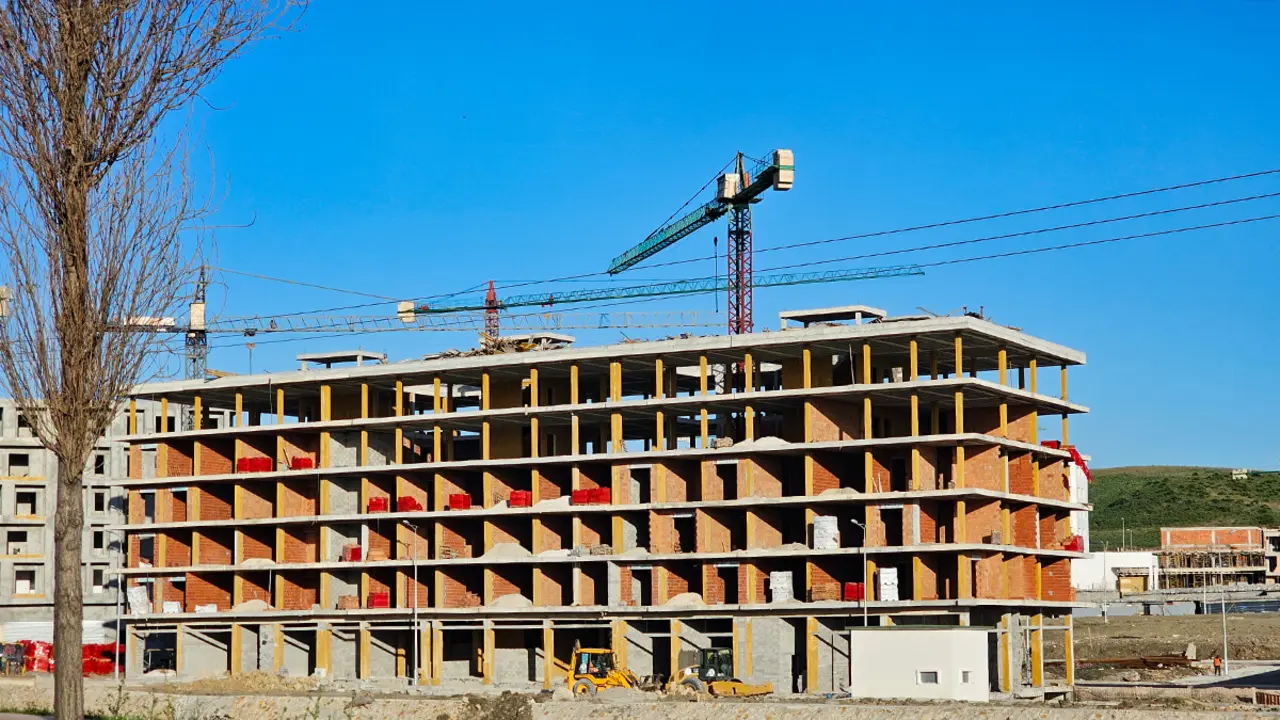Iberdrola takes a further step towards the commissioning of the Tâmega Hydroelectric Complex

Iberdrola has taken a further step towards the commissioning of the Tâmega Hydroelectric Complex by successfully connecting to the grid one of the two turbines of the Alto Tâmega Hydroelectric Power Plant, the last of the Complex's turbines to go into operation.
The Tâmega Hydroelectric Complex is made up of three power plants: the Alto Tâmega Hydroelectric Power Plant, with an installed capacity of 160 MW, the Gouvães Pumped Storage Power Plant (880 MW) and the Daivões Power Plant (118 MW), the latter two of which have been in operation since 2022.
The Alto Tâmega Power Plant is located at the foot of the Alto Tâmega Dam, a large double-curvature dome dam, 105 metres high, with 220,000 m3 of concrete and a crest length of 335 metres, which has become the fifth highest in Portugal.
Once the first turbine is connected to the grid, it will be followed by the second turbine, which is scheduled to be connected to the grid in February 2024. By the end of March 2024, the plant will be in commercial operation, with the entire Tâmega Hydroelectric Complex operating with a total installed capacity of 1,158 MW.
In a context where storage capacity is key to enabling a decarbonised electricity system, maximising renewable energy production and ensuring its integration into the system, the Tâmega Hydroelectric Complex has enabled a 33% increase in Portugal's hydroelectric storage capacity. This increase in power represented an increase of more than 60% in the volume of energy stored by pumping in 2023 compared to 2021, says Rafael Chacon Llorente, Project Manager of the Complex.
Since hydroelectric storage is currently the only technology capable of storing electricity massively and efficiently, this Complex is able to make the most of the energy generated by the wind and sun, compensating for periods when the sun does not shine and the wind does not turn the blades of the wind turbines.
Portugal obtains more than 60% of its electricity from renewable sources, with a target of 85% by 2030. With the growth of renewables, increasingly, when the sun is shining and the wind is strong, the output from wind and solar plants exceeds the needs of the system, which, because it cannot be consumed or managed by the system, would be lost if it were not stored by pumping water, especially in the Gouvães reservoir, and could be turbined to produce energy when the system needed it.
The Tâmega Hydroelectric Complex is one of the largest energy initiatives in Portugal's history, with a total investment of more than 1.5 billion euros and an installed capacity of 1,158 MW and an energy reserve of 40 million kWh, equivalent to the energy consumed by 11 million people during 24 hours in their homes.










